Leslie Primary has been officially recognised as Fife’s first dementia-friendly school.
Pupils were trained by Dementia Friendly Fife to be aware of dementia and to help reduce the stigma surrounding the condition.
Youngsters also heard from Glenrothes man Gerry King, who is living with early onset dementia.
And they tried dressing a teddy bear in a bid to understand how confusion can make dressing themselves difficult for people with the condition.
To achieve the recognition, Leslie Primary School had to draw up an action plan showing how it had raised awareness of dementia and supported people with a diagnosis, such as putting up bold, colourful signs in the school.
It has also developed links with the Magiic Cafe project (Mind, Active, Generation, Interactive and Inclusive Club), which runs weekly dementia-friendly coffee mornings, with pupils visiting regularly to help out and interact with users.
How has Leslie Primary become dementia-friendly?
Head boy Raefe Brigden, 10, said: “We found out that plain colours might not be the most dementia-friendly, so we came up with new bold yellow signs with black writing to put up (for toilets and exits).
“We also contacted the school parent council, which helped us to get two red-coloured toilet seats which are also dementia-friendly as they can be easily seen.
“We also painted our office wall blue so it stands out.”
P7s also took part in a Dementia Friends training session.
What did the pupils learn in the training session?
Pupils took part in a teddy bear-dressing activity.
Head girl Lexi Pozzi, 10, explained: “We dressed up some teddy bears because sometimes people with dementia put their clothes on back to front – they get confused.
“It showed how they might feel because it was quite difficult to put some of the clothes on the bear, putting the shoes on was really hard.”
Liam Dunlop, 10, said: “We also learned what part of the brain does what, looking at senses and emotions and how they are affected by dementia – how the brain can shut off and this can affect how you drink and eat.”
Raefe added: “The training has been really useful because if I now see someone who is struggling to pay for something in a shop, for example, I will help them because it could be something to do with dementia.”
Gerry’s story of early onset dementia
The children also heard Gerry’s story.
Gerry was diagnosed with early onset dementia four years ago at the age of 55.
He told the youngsters about his early symptoms of forgetfulness, visual awareness being affected and co-ordination problems.
He said: “It is great to be invited into schools to talk to the children because they are like a blank piece of paper.
“They have no preconceived ideas of what dementia is so they don’t have any stigma attached to it.”
The importance of raising awareness
Dementia Friendly Fife project manager Ruth McCabe, who delivered the Dementia Friends training, said: “What we are trying to do is raise awareness about dementia because most older people live in fear of dementia.
“People will struggle to come forward to get tested so the marvellous thing about speaking to youngsters at this age is by helping them to understand it, they hopefully won’t be so frightened of it.”
Ruth is also working with Aberdour Primary and St Marie’s Primary, in Kirkcaldy, which aim to become dementia-friendly schools before the end of the year.
Dementia Friendly Fife was set up by Fife Health and Social Care Partnership in November 2018.
Around 800 people are diagnosed with dementia every year in Fife.
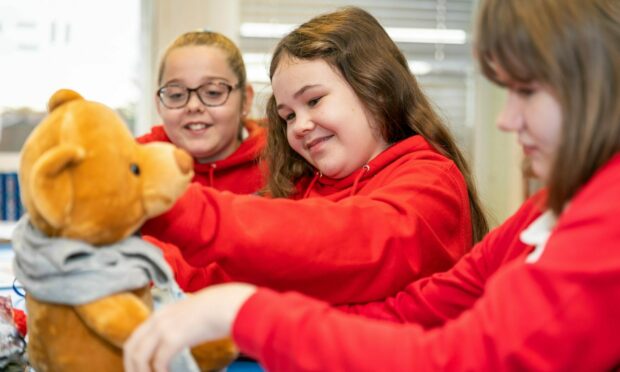
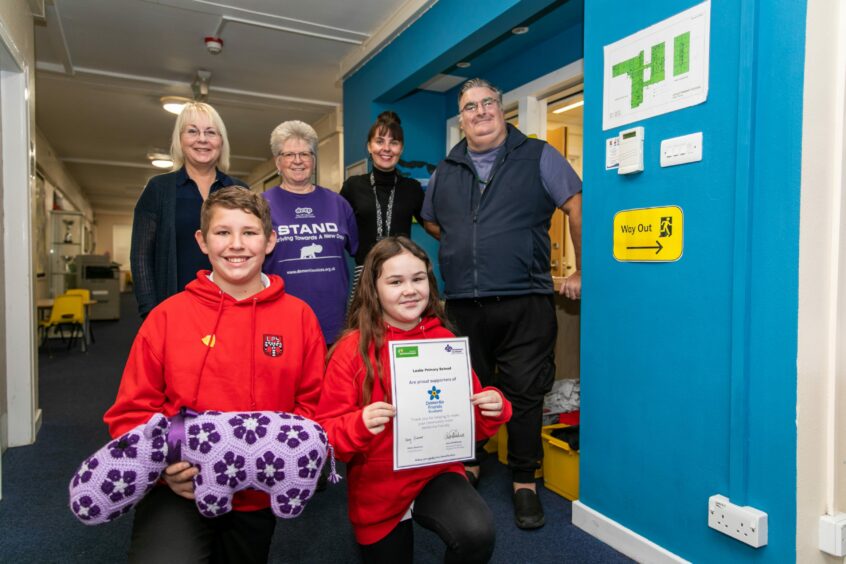
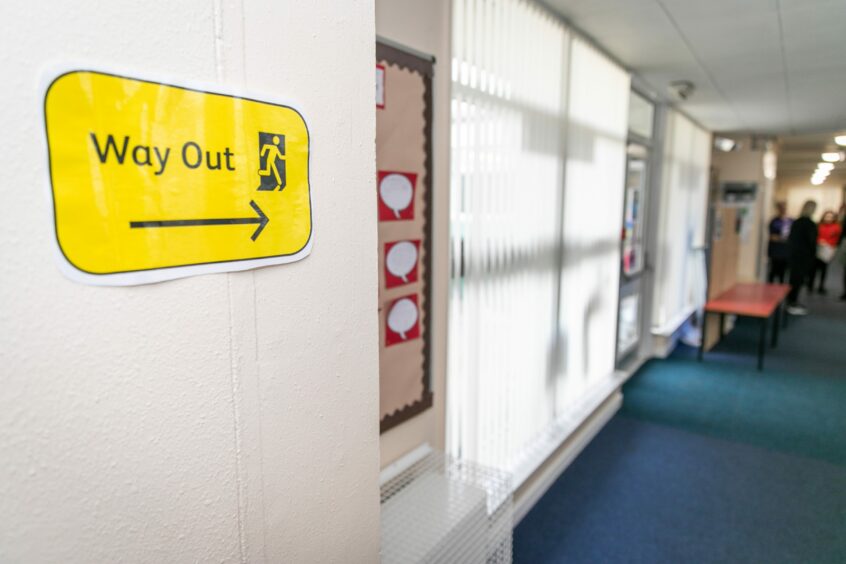
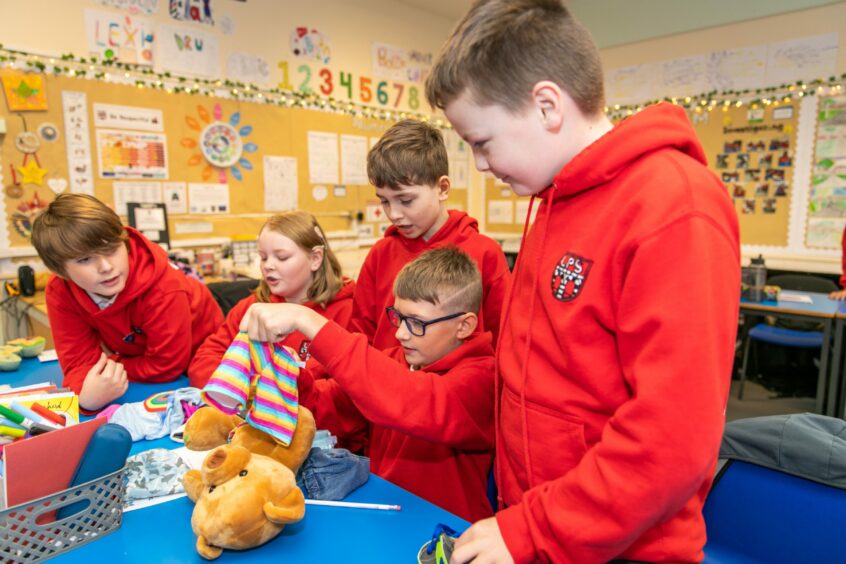
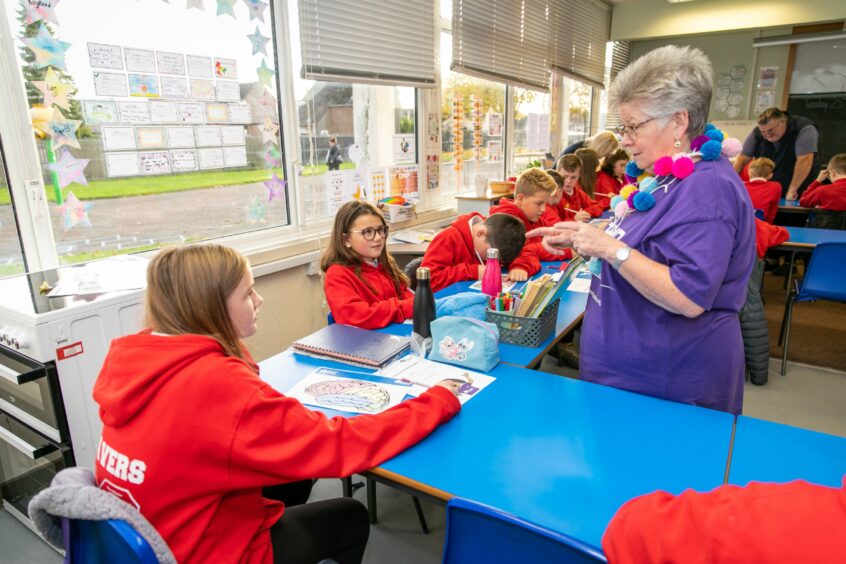
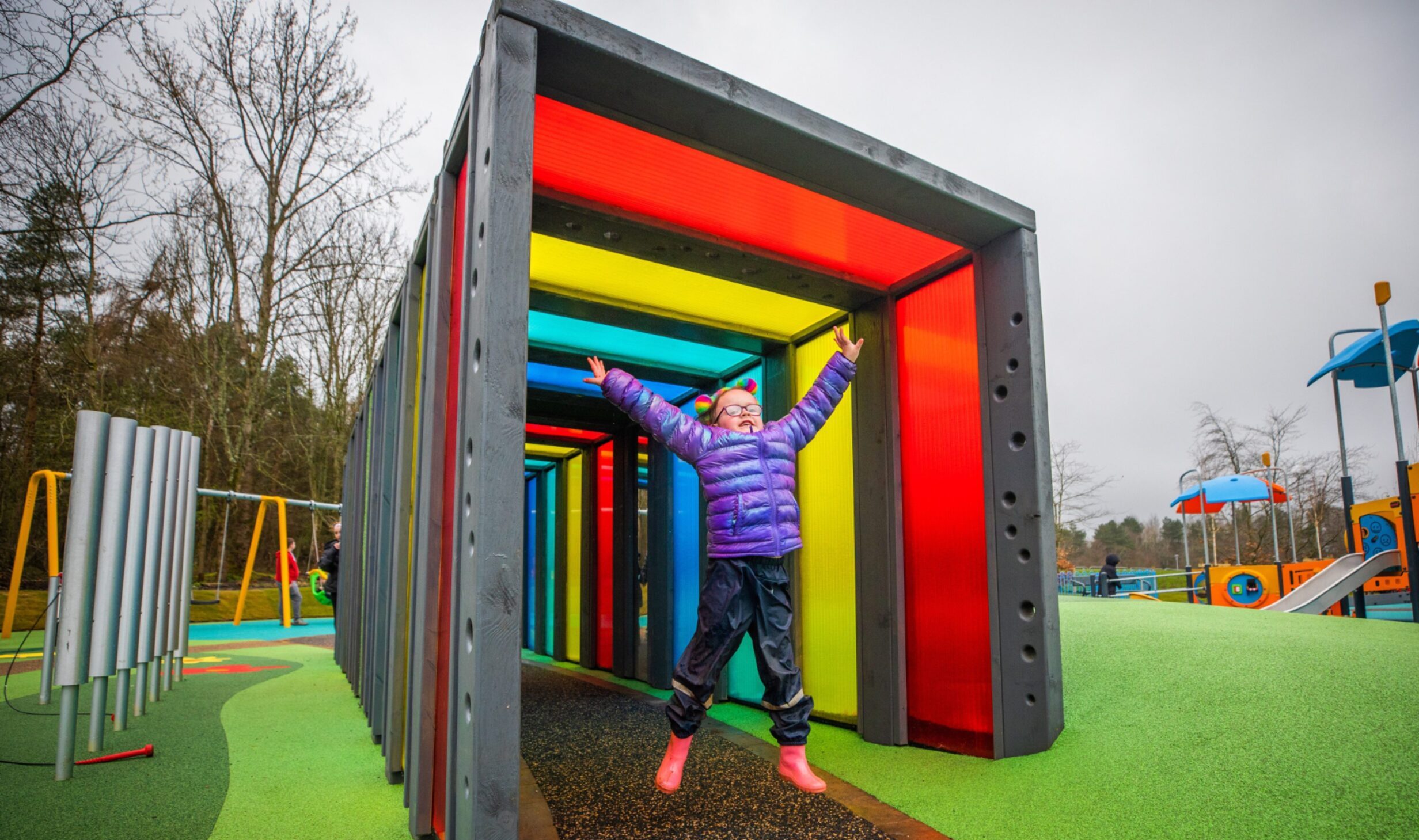
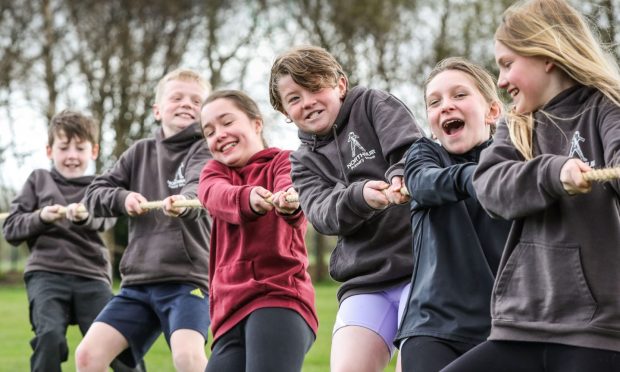


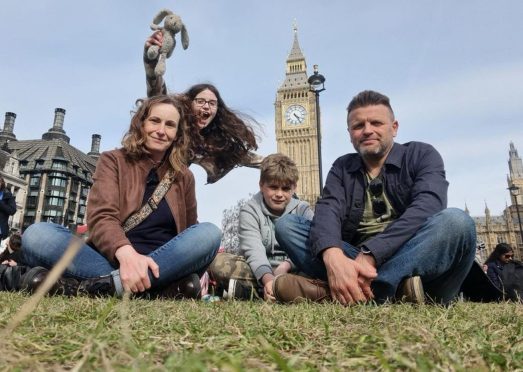





Conversation